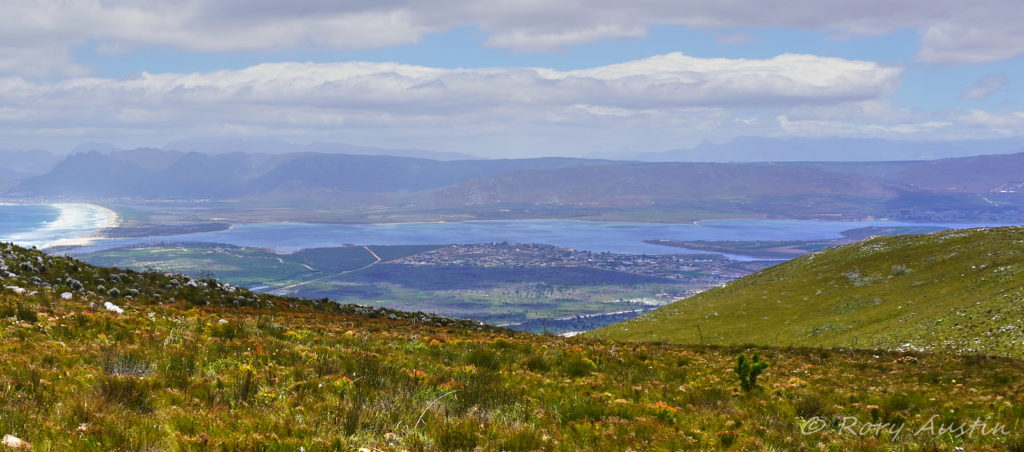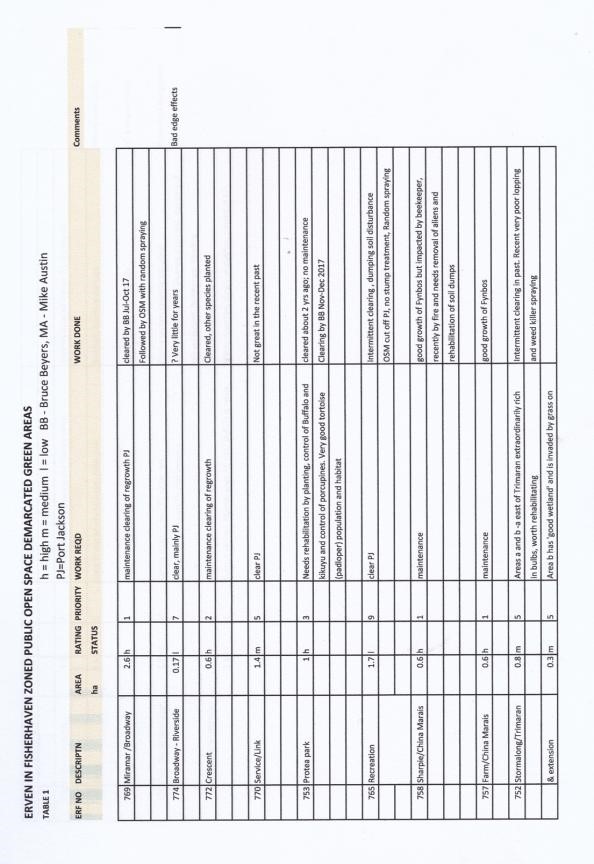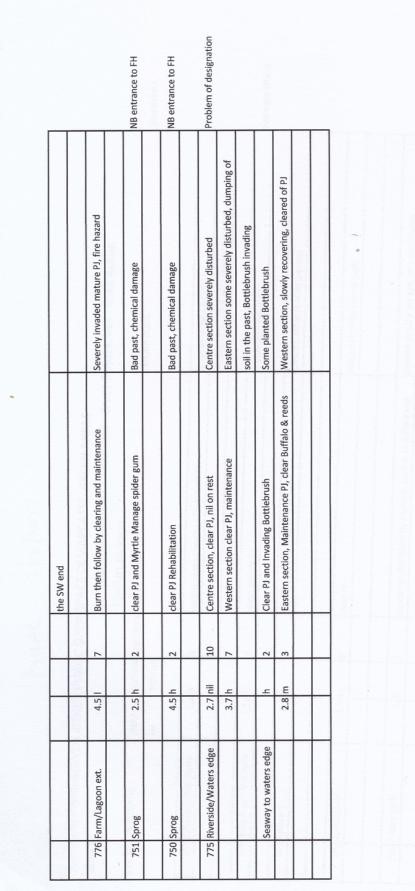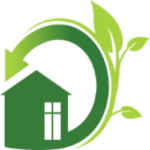Priorities for saving the environment of Fisherhaven was prepared to decide which areas the Bot Challenge should consider clearing with the limited funds available. It also formed the basis of the Botfriends alien clearing project (BACP) and start of the Biological invasions of the Bot Estuary and immediate environs status report.
This report started from recommendations made in (PDF) Van Wilgen, B.W. & Wilson, J.R. (Eds.) 2018. The status of biological invasions and their management in South Africa in 2017 (researchgate.net)
Vision
To clean up the environment of Fisherhaven and create a stable, sustainable, ecologically balanced environment within the town limits of Fisherhaven.
Mission
To coordinate the somewhat disjointed efforts that have been made in Fisherhaven to save the environment and to have a firm plan that we can all work from, to achieve real progress with rehabilitating the environment at minimal cost.

History
In the original demarcation of Fisherhaven streets and plot boundaries, 13 areas were mapped as green areas within the township area of Fisherhaven. These were zoned as Open space 2: Public open space, no areas were zoned as Open space zone 1: Nature reserve or Open space zone 3: Private open space. Table 1 shows the erven numbers, area and a brief comment of these 13 green areas.
In addition an area south of China Marais and Farm Road was declared a green buffer zone between Fisherhaven and Hawston. Two additional areas north of Riverside Road and stretching to the water’s edge of the Afdaks estuary section of the Bot River Lagoon were zoned Agricultural zone 1: Agriculture. Both these areas have been partly disturbed in the past and were used as grazing areas. They are extremely sensitive areas from an ecological point of view and for decades have been periodically cleared of invasive species and are in reasonable shape now with Fynbos growing on them and are reasonably stable, albeit without the correct species mix. They have not been rezoned as green areas.
In addition four large plots were listed as Community zone 1: Communal facilities. The two larger ones are reserved for schools and two others are in private ownership but with conditions attached to any building to be done on them. An area which includes Erf 130 Business zone 3 and an unzoned area up to, but excluding Erf 131, has been maintained as a Public open space.
These additional areas are included in table 2.
In general all these areas have had erratic attempts to keep them clean of invasive species often incorrectly done and often with a lack of timely follow-ups.
The edge effects on all these relatively small separate pieces of land are quite large. This is primarily because the roads have been built which because they have changed the local environment drastically have effects many metres into the edge of each plot. The water environment has been changed and especially where drainage ditches drain onto the plots, this can significantly change the environment and cause some Fynbos species to die out altogether.
The soil profile changes such as digging up the soil, mixing the subsoil with the topsoil or dumping other soil onto the plots causes very long term changes. The layers in the soil have developed over hundreds of years and can take as long again to settle back to what the indigenous plants are accustomed to.
The mowing of plots is usually extremely detrimental to the Fynbos. Even though Fynbos is adapted to getting burnt clean periodically, this is usually a long cycle (10 to 30 Years). Mowing every year changes the species to invasive grass species and annual type shrubs and does not get rid of exotic invasive species.
The planting of various plants on some of the plots, especially exotic plants but even indigenous plants which do not normally occur in this area, can be very detrimental to the local indigenous plants.
The biggest problem however is the invasion of introduced exotic species such as Port Jackson, Bloukrans, Myrtle, pine species and eucalyptus species. All these species outcompete indigenous species and use much more water (3 to 10 times as much), severely changing the water regime in this low rainfall area. The leguminous species (such as Port Jackson) change the nitrogen status of the soils as well which leads to a lack of germination in many of the Fynbos species, this then leads to the exotics been better able to outcompete the Fynbos species. Most of these invasive species have very much higher flammable oils which increases the fire hazard. This operates through increasing the fire intensity by as much as three to five times. The huge damage and loss of life in the Knysna fires could have been reduced by 60 to 90% if, in the last decade, the invasive species had been controlled.
All of these exotic invasive species produce very large quantities of seed, even with the biological control methods in place, for some of these species, and these seeds are easily dispersed over large distances. Therefore one seeding exotic tree, growing on a plot, can cause severe invasion to many plots around it and for many years.
The removal of well established exotic species on a plot can become expensive, and the re-invasion from surrounding areas can be a major problem. The timely follow-up is much easier and also much less expensive. The laws governing the removal of many species of invasive plants were introduced for very good reasons and to attempt to correct the mistakes we made in the past. We cannot, however, decide to do nothing. Ignoring the problem will lead to almost irreversible changes in the environment which will have severe and costly effects on every plot owner in Fisherhaven.
The priorities for saving the environment in Fisherhaven needs to take all the factors, history, location and present status into account.
The first step is to re-establish and clean up the demarcated green areas of Fisherhaven. A plan and recommendations will be made and reassessed yearly with progress made and the necessary adjustments made, as this is a dynamic system which needs to be adjusted often. We have people within Fisherhaven who have the knowledge to provide guidance.
The second step is to exercise some control on the infrastructure development within Fisherhaven such that we limit irreversible damage to the environment by the OSM and private land owners without unduly impeding the development of infrastructure which is necessary for the future development of Fisherhaven. There has been much talking about this but with no plan of action. A plan will be drawn up with recommendations which need to be debated and begin being put into action as this has a large effect on the success of the first step.
The third step is to expand the efforts to the areas surrounding Fisherhaven. This will include
It bears noting here that there has been a decrease in the life around the edges of the Lagoon, in the past year there has been a significant decrease in any signs of life especially in the Afdaks area. Bird numbers seem to have decreased; there are hardly any signs of insects or any other life on the south bank, insects been the primary food source for most of the bird species. Even the invasive reeds are looking in very poor shape.
Privately owned plots in Fisherhaven
Many of the plots in Fisherhaven are well maintained and looked after. However, many plots are badly looked after and are full of exotic invasive species which creates a huge seed bank that spreads onto many other plots including the green areas. This makes the maintenance of these areas very much more difficult and expensive.
It is proposed to produce a separate pamphlet with brief descriptions of the invasive species of note for Fisherhaven with pictures for easy identification and the appropriate control measures as recommended by the NEMA guidelines. These can be distributed around Fisherhaven and could be handed out by every estate agent selling plots in Fisherhaven.
Road verges
In many areas of Fisherhaven the road verges have good stands of Fynbos. These should be noted and protected. Many road verges have deteriorated, some to the point that they are unlikely to recover any sort of fynbos although many of these areas do still have many small flowering bulbs and do give a spring show. Mowing of these areas should be controlled and not mowed in the spring when most of the flowers are out. Cognisance needs to be taken of the desire of many residents to have regularly mowed verges adjoining their properties.
Trees in Fisherhaven
Most of the trees in Fisherhaven are exotics. A few of them are indigenous but not to this area. The trees grow well where they get additional water and nutrients. Many of the trees weather they are exotics or indigenous from other areas of South Africa are not a problem as they do not spread readily and are therefore not considered to be invasive. However, some of the trees are classified as invasive species and by law should be removed. It is illegal to have classified invasive plants growing on public or private land, primarily because they provide a seed source to extensive surrounding areas. The development of thickets or dense patches of invasive species are usually controlled on private land by the landowners. However, there are many empty plots and public land which includes the green areas and road verges where continuous reinvasion is occurring from well established invasive trees on privately owned land. This ends up being expensive and time consuming to clear. Part of the problem is land owners been unaware of these problem trees and they need to be educated and encouraged to remove these invasive species.
Lastly the residents who have spent time and money on clearing public areas need to be recognised.
Map of Fisherhaven with erven from table 1 &2

Table 1 Erven in Fisherhaven zoned public open space, demarcated green space
Table 2 Additional erven in Fisherhaven, open areas not zoned green space
Table 1 1st page

Table 1 2nd page


Table 2 2nd Page

End Doc

Recent Comments